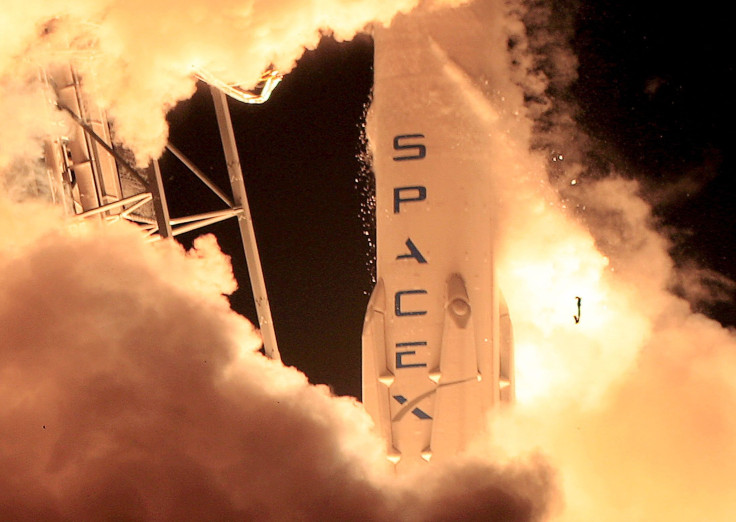SpaceX Falcon 9 To Launch $1B-Worth Of Satellites Next Week

Despite previous issues encountered by SpaceX, the company is now ready for the official launch of its Falcon 9 spacecraft for the Canadian Space Agency’s (CSA) RADARSAT Constellation Mission (RCM). The mission involves using a fleet of satellites that’s worth $1 billion.
The mission is scheduled to launch on June 11 at 7:17 am PDT or 2:17 pm UTC and will take place at the Vandenberg Air Force Base in Lompoc, California, Teslarati reported.
For the mission, which was organized by the CSA, the Falcon 9 rocket will be loaded with a fleet of three spacecraft. The spacecraft, which are Earth observation satellites, will carry out various monitoring activities once they enter into orbit. Some of these would include ecosystem monitoring, maritime surveillance and disaster management.
The spacecraft that will be used for the RCM were built by the Colorado-based tech firm Maxar Technologies. In total, the manufacturing cost for the fleet reached $1 billion.
The RADARSAT Constellation Mission satellites, built by MDA for @csa_asc, were assembled in Montreal and delivered by @IntMachineTrans to California, awaiting launch on June 11. Watch their transcontinental journey here. #RCMSatellites #CDNSpace #EO https://t.co/BpS2Vo0B5r
— MDA (@MDA_space) June 3, 2019
The upcoming launch on June 11 has been a much awaited event for all the parties involved in the mission. It was originally scheduled at an earlier date but issues regarding the Falcon 9 booster prevented the launch from happening.
On Dec. 5, 2018, the Block 5 booster B1050 was used for the first time. Although the initial stage of the launch went well, problems started to occur during its reentry. A malfunction with its grid fins prevented the booster from maintaining stability and landing properly. This caused the booster to miss its landing target and fell in the water instead.
Although SpaceX had other Block 5 boosters that it can use for the RCM launch, the CSA and Maxar Technologies wanted to use a brand new one for the mission. However, since waiting for SpaceX to manufacture a new booster could delay the space mission even more, the CSA and Maxar Technologies opted for the B1051 booster instead.
Following successful test with the B1051, it was finally selected as the booster that will be used on Falcon 9 for RCM.
With things going their way, SpaceX, the CSA and Maxar Technologies are expected to proceed with the launch of RCM next week. According to KSBY 6, the public can watch the event from the Hawk’s Nest Viewing Site on Azalea Lane, which is about a mile from the Vandenberg Air Force Base.
© Copyright IBTimes 2024. All rights reserved.





















